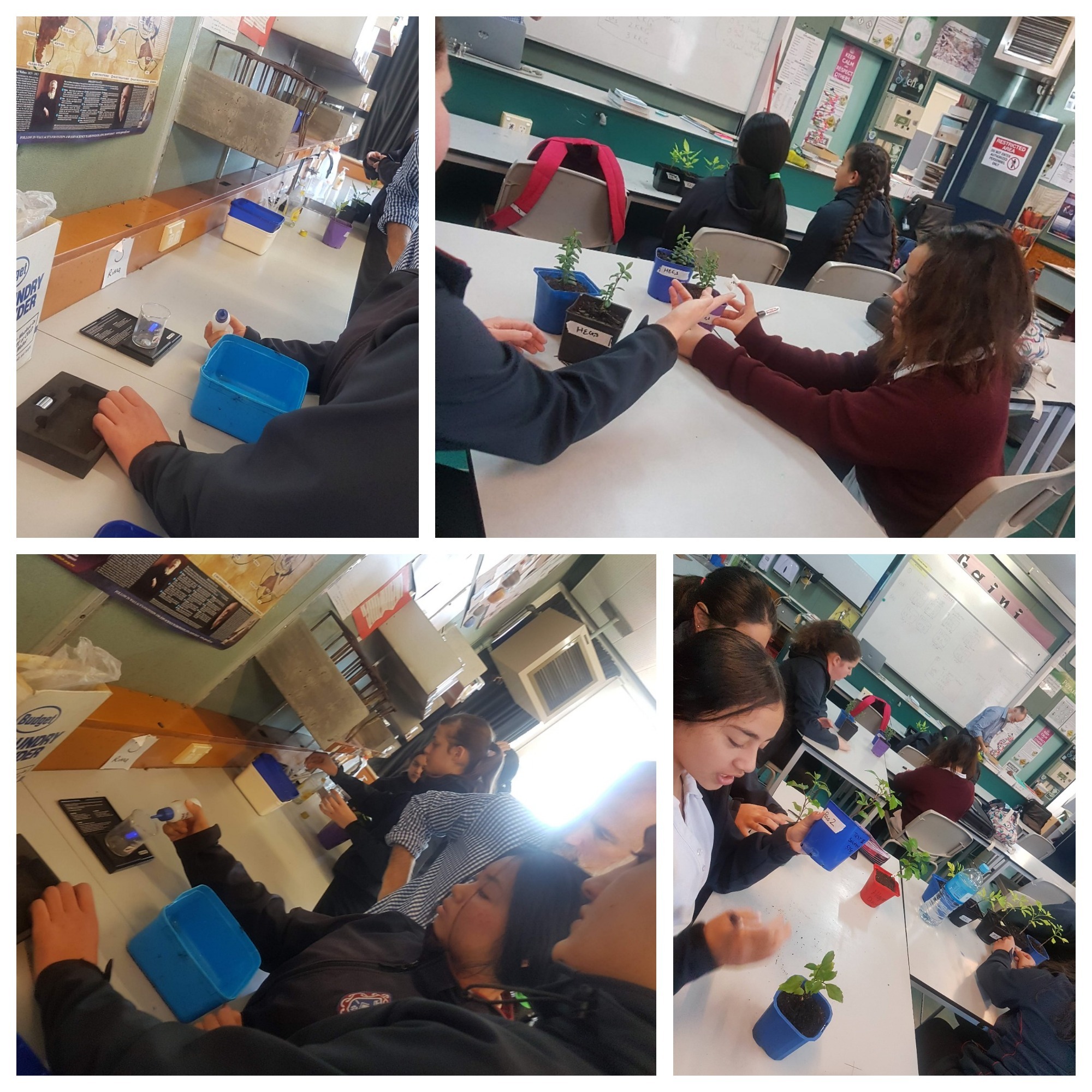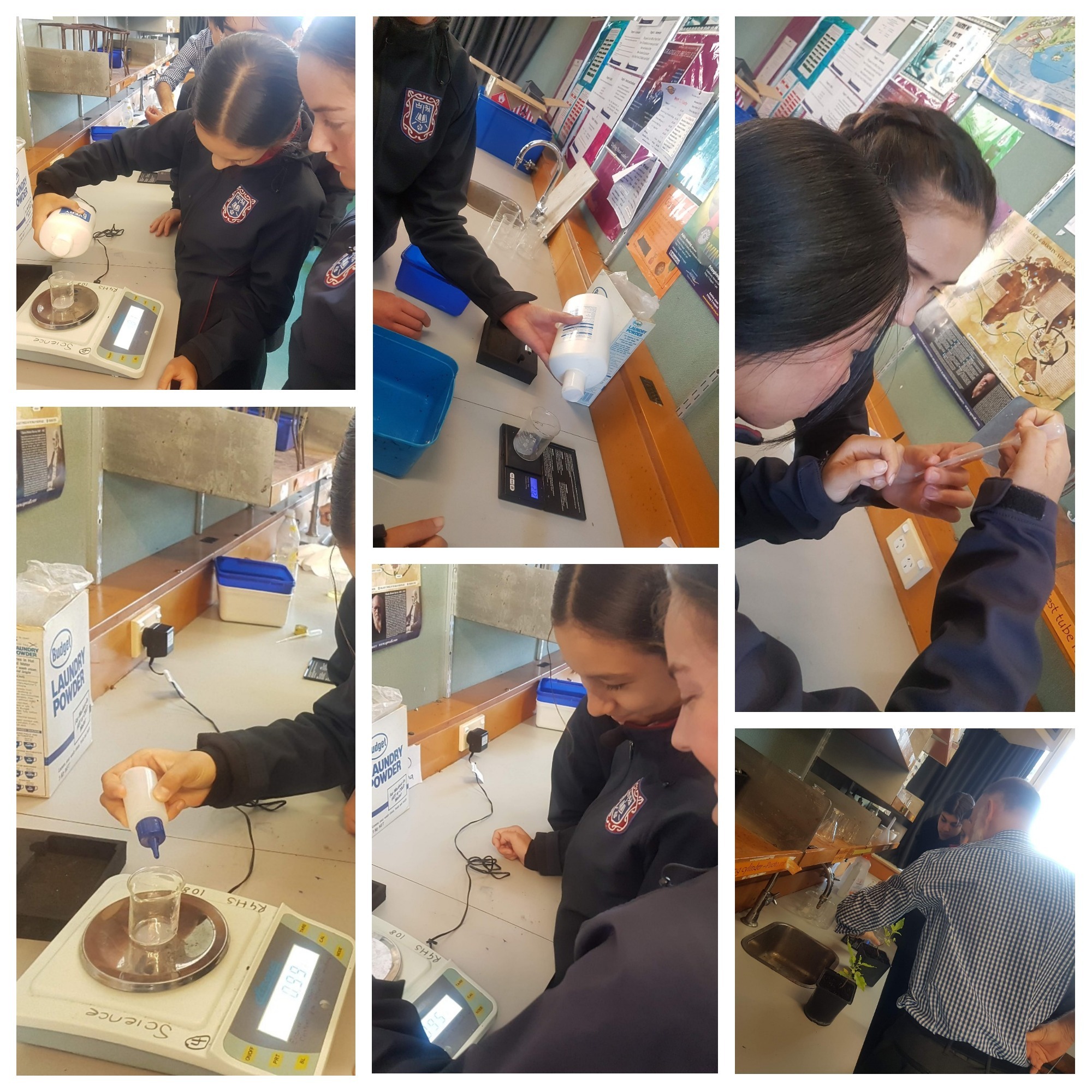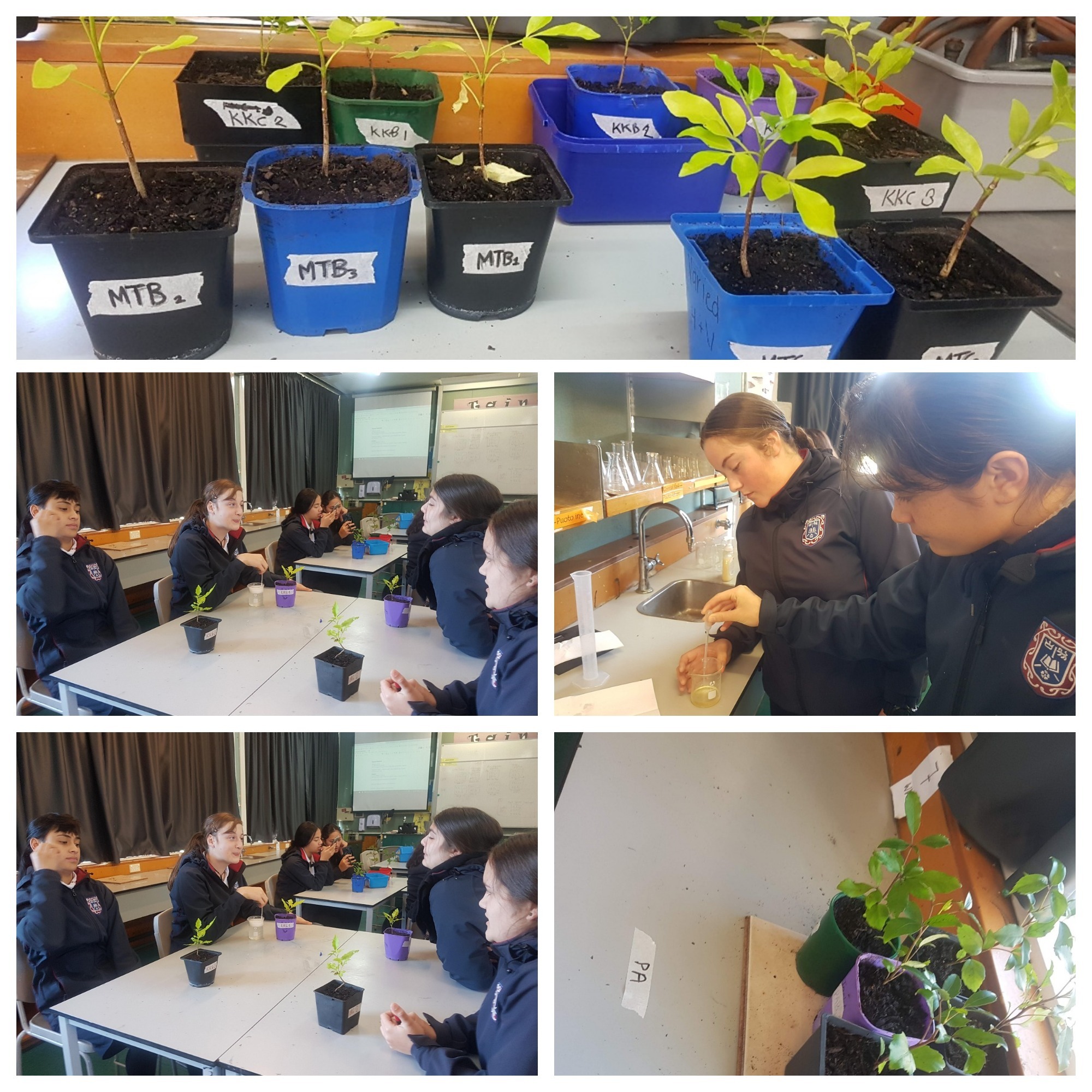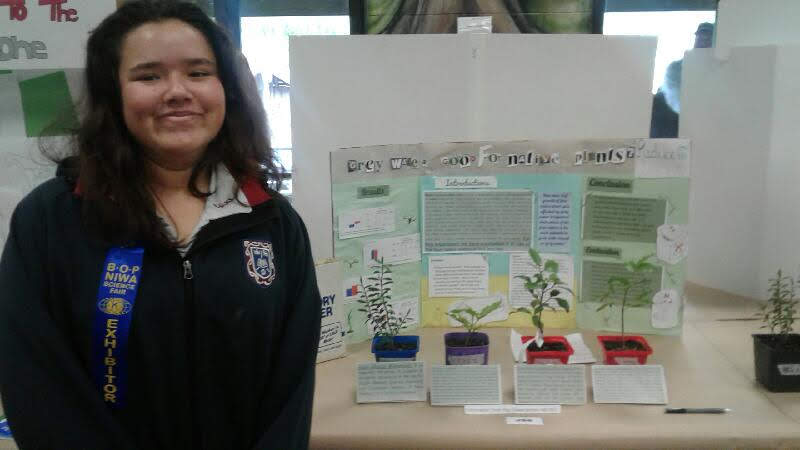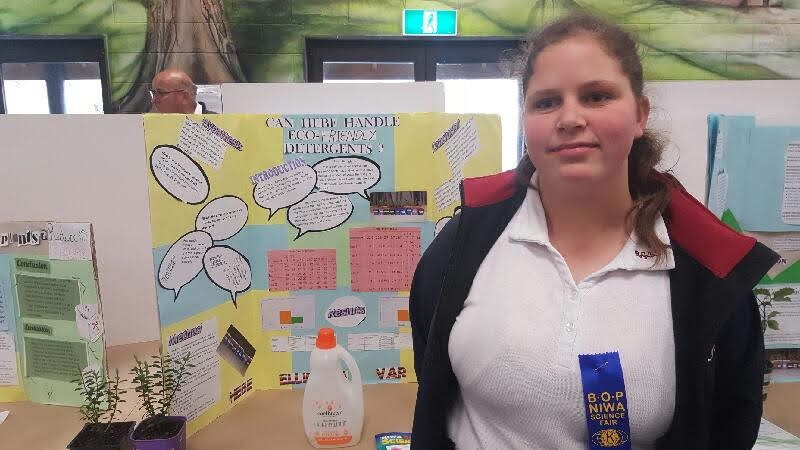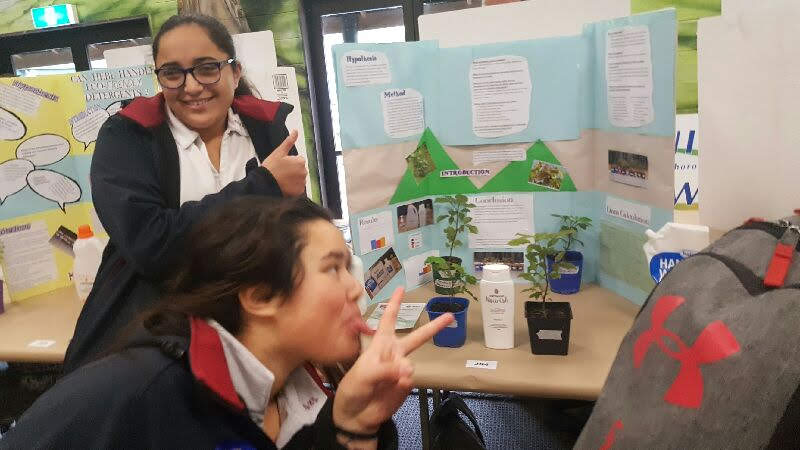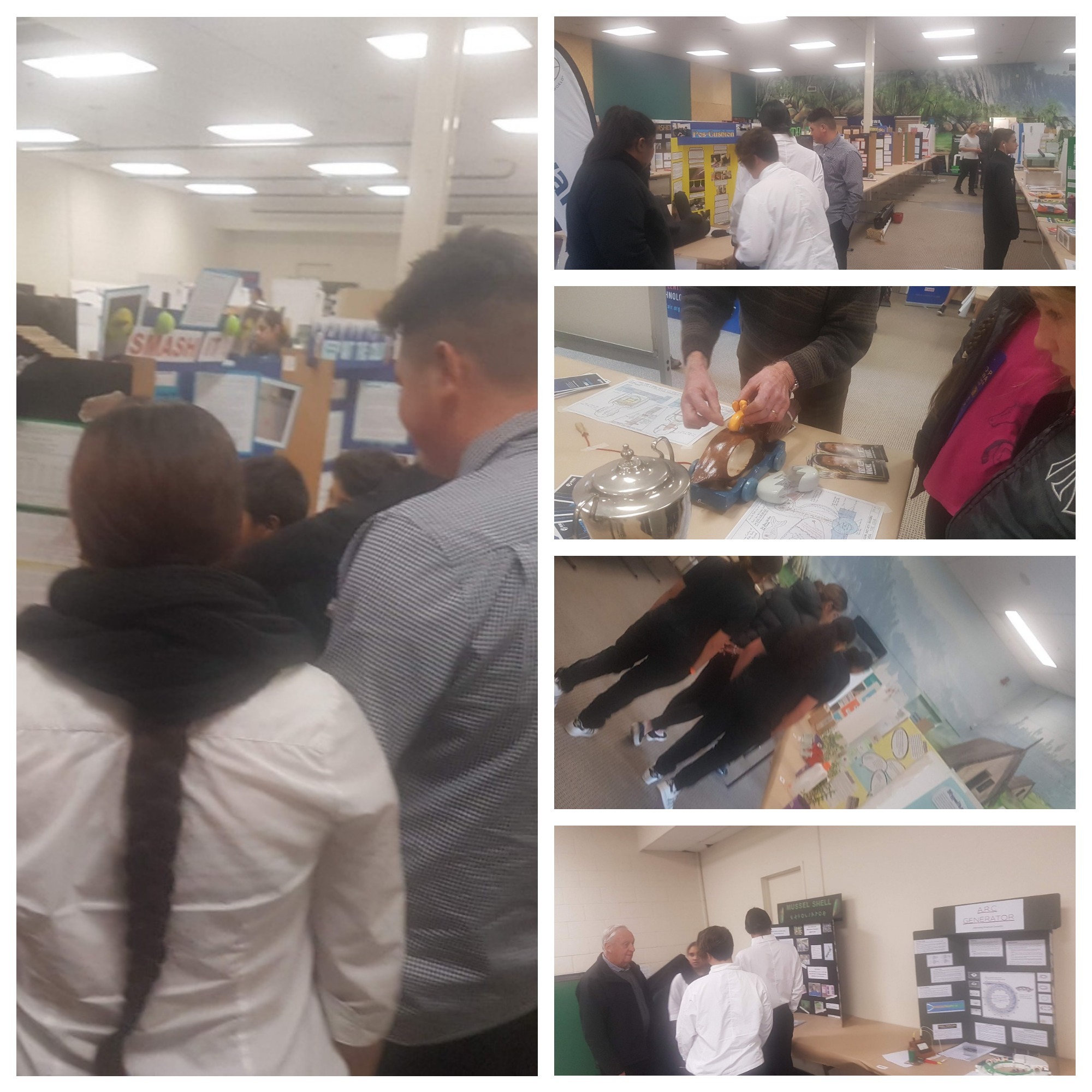Greywater science and significance Rotorua
Rotorua students applied the lessons learnt from their visit to Waikato University and devised their own greywater experiment at school.
Greywater can be a valuable resource regardless of the drivers that motivate its reuse. Its reuse by application to soil, however, needs to be done with care, taking into account the public health risks and possible long term effects on soils.
One of the major challenges of greywater re-use is that it contains a complex mixture of chemicals used in households. Household products such as cleaners and body care products can contain over 2,500 different chemicals (The National Institute of Health 2004). These include metals and new emerging contaminants such as triclosan. In septic tank and municipal treatment systems, many organic chemicals are degraded to some extent by microbial action, but this does not happen in a greywater system where the ‘untreated’ water is released directly into the soil environment with potentially negative impacts. Thus, there is the potential for ‘antimicrobials’ such as triclosan to continue their ‘antimicrobial’ action on the soil ecosystem.
Applying fundamental principles of experimental design, rangatahi utilised four native plants and a series of greywater recipes as they investigated the effects of greywater on soil health, plant health and environmental benefits over 6 weeks.
The natives used include:
· Melicope tarnata
· Pseudopanax arboreus
· Hebe elliptica var crassifolia
· Kohe kohe
Armed with results, students were proud participants in the 2018 NIWA Bay of Plenty Science & Technology Fair held in Rotorua displaying results, lessons learnt to a wide audience of youth and adults. One student received Highly commended for the effort expended.
Indigenous Sparks Young Environmental Animators were also fortunate to attend the science fair and view the work of our budding scientists. Many of them left inspired by science and technology on display.

